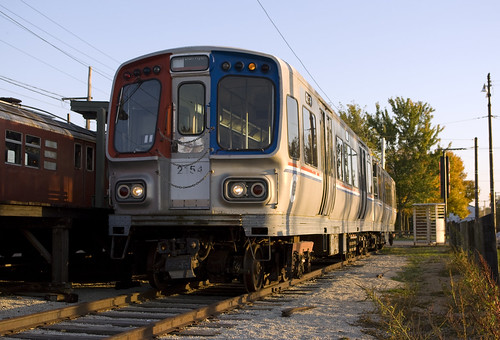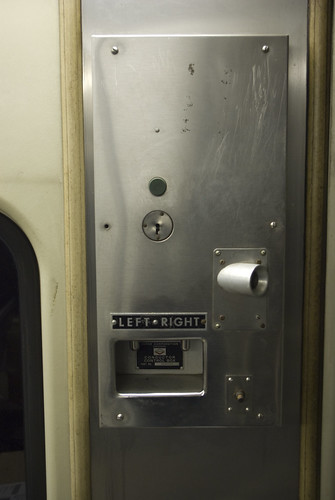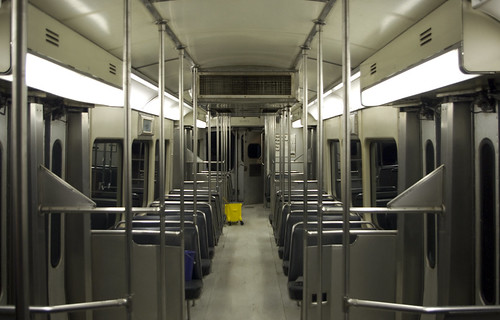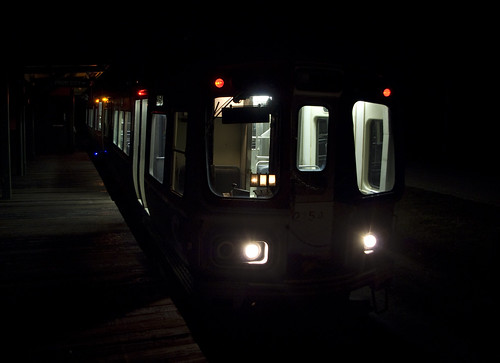I'm sure lots of people on this forum have been to IRM at some point, and have noticed the pair of 2000s always sitting near the front of the property, more or less taking up space. These are one of only two pairs of 2000s left, and the only pair which is unmodified and in a museum. CTA 2153-2154 have received a bit of work & cleaning since last August or so, and are actually pretty darn functional: http://www.youtube.com/watch?v=B76SZjr-v4Q
And some photos:

Untitled by The real David Fullarton, on Flickr

Untitled by The real David Fullarton, on Flickr

Untitled by The real David Fullarton, on Flickr

Untitled by The real David Fullarton, on Flickr

Untitled by The real David Fullarton, on Flickr
And some photos:

Untitled by The real David Fullarton, on Flickr

Untitled by The real David Fullarton, on Flickr

Untitled by The real David Fullarton, on Flickr

Untitled by The real David Fullarton, on Flickr

Untitled by The real David Fullarton, on Flickr
That old car might be worth money!